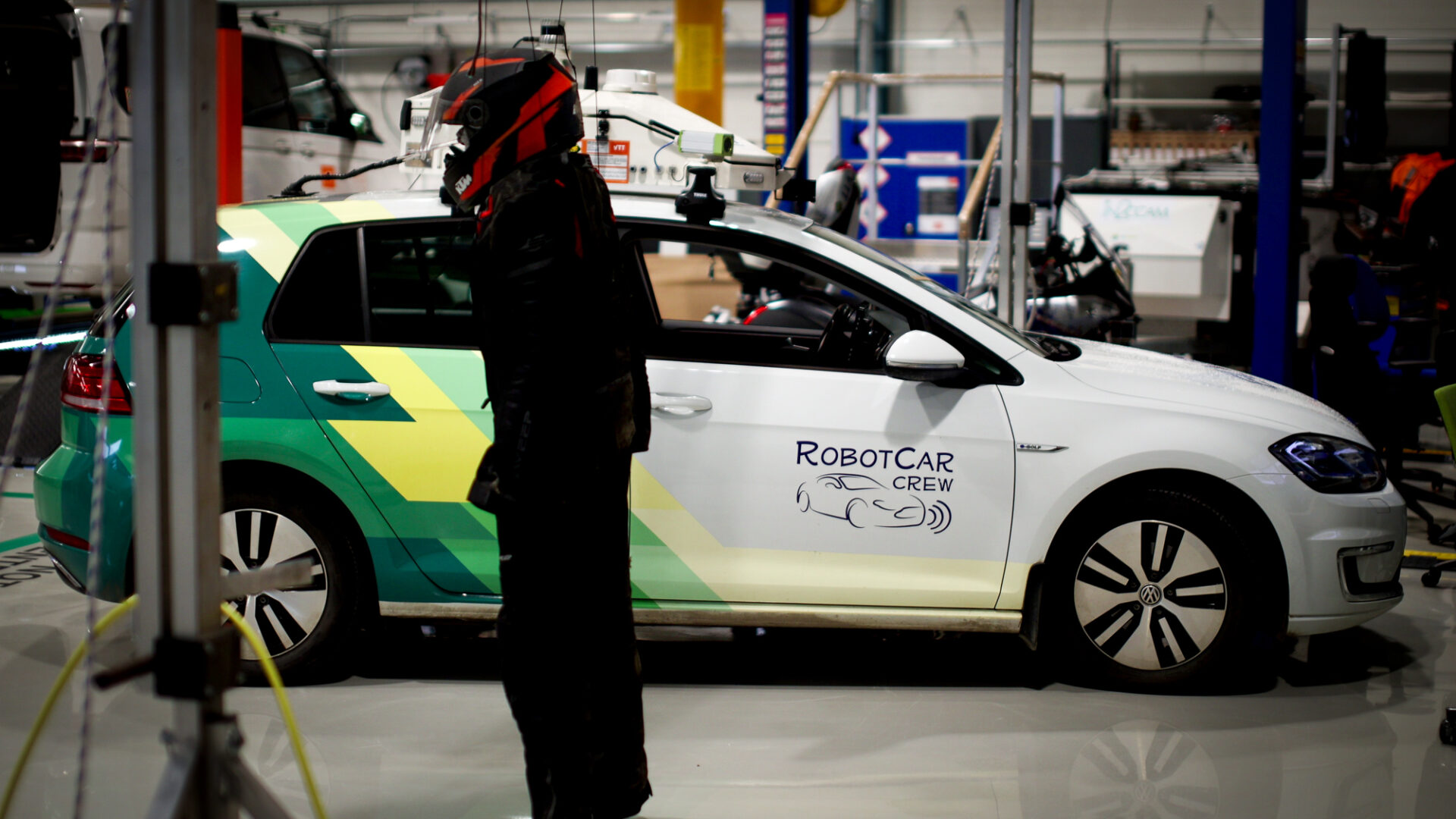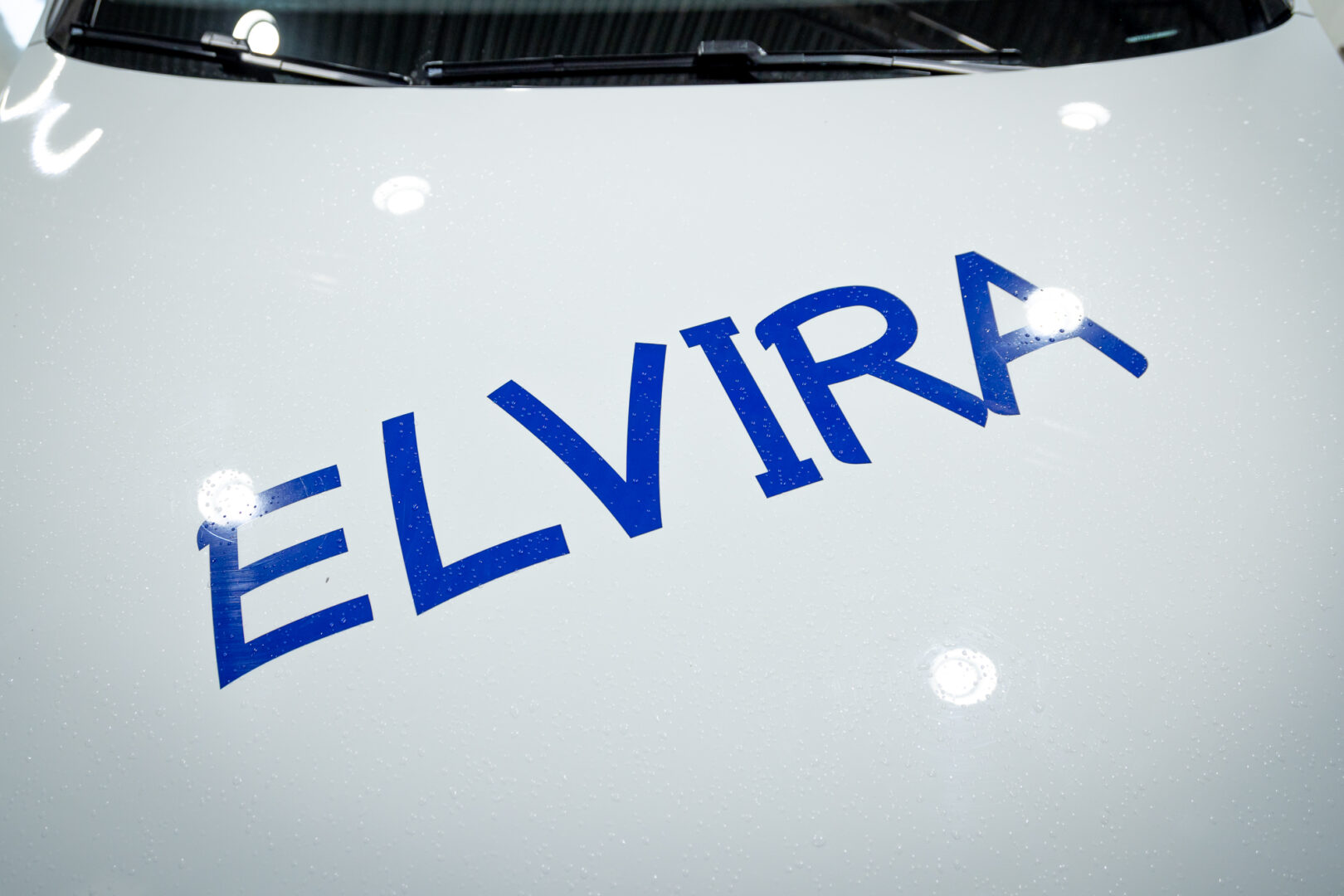Paving the way to the future without stopping – VTT develops automated vehicles in Tampere
Factory areas, mines, ports, airports – and Hervanta – are ground zero for automated vehicles, gradually spreading to other traffic areas. In the development of automated driving, what does the key concept CCAM stand for?
Research on automatic and autonomous vehicles is undergoing a transformation.
– Just a few years ago, the focus was solely on developing automated driving, as independent actors in traffic. Now, the idea is that automated vehicles on the road benefit other road users and traffic management, describes Mikko Tarkiainen, a senior scientist at VTT.
He is involved with applied research focusing on traffic automation and works at the Technical Research Centre of Finland VTT’s unit in Tampere.
Tarkiainen and thirteen other researchers’ work is encapsulated in the CCAM concept within the project. CCAM stands for connected, cooperative, and automated mobility. The abbreviation refers to traffic technologies and systems that utilize intelligent networks to improve traffic efficiency, safety, and sustainability.
– CCAM is a key term that combines connectivity, automated driving, and various services between vehicles and infrastructure, Tarkiainen explains.
In simple terms, this means that with various sensors, communication capabilities, and computing power, both human drivers and robot vehicles know and communicate with each other. For example, they can notify each other that there are icy patches on the road, so road users can be prepared.
According to Tarkiainen, before robot cars start zipping around in traffic, automated vehicles will first become common in closed areas such as factory sites, mines, ports, and airports, as well as in public feeder traffic. In these areas, the return on investment for automation can be calculated.
– The cost of sensors and systems needed for automated driving can be in the tens of thousands, such as LIDAR laser radar, and several parts and computing units are needed. That’s another story when it comes to the price of a car, and may double the purchase price, Tarkiainen outlines.
 VTT’s researchers have built test vehicles based on ordinary passenger cars. Photo: Petri Kangas.
VTT’s researchers have built test vehicles based on ordinary passenger cars. Photo: Petri Kangas.
Halfway there
VTT’s research group is part of the IN2CCAM project, which is a three-year project involving ten countries, six research centers, and around twenty collaborators. Business Tampere is involved in an EU project, that is now halfway through. The project, which began in 2022, will end at the end of 2025. In June, there will be a two-day event in Tampere where participants will go through prototypes. According to Tarkiainen, VTT will showcase three different setups from the Tampere living lab.
– Traffic light information transmitted to automated vehicles, tram warnings, and situation awareness of automated vehicles on the road, Tarkiainen lists.
Regarding traffic light information, Tarkiainen mentions the GLOSA (Green light optimal speed advisory) research. According to the specialist researcher, this involves guidance for drivers to adjust their speed optimally so that they can pass through the next traffic lights without stopping. Even in driving school, it is taught that starting from a complete stop consumes the most fuel.
– The environmental aspect is emphasized, especially for heavy vehicles, as well as passenger comfort, for example in buses. It’s not pleasant for passengers if the bus is constantly braking and accelerating, Tarkiainen says.
 All of VTT’s automated vehicles have nicknames. Elvira is the English name for Grandma Duck, known to readers of Donald Duck comics. Photo: Petri Kangas
All of VTT’s automated vehicles have nicknames. Elvira is the English name for Grandma Duck, known to readers of Donald Duck comics. Photo: Petri Kangas
Top-notch operating environment
Tampere offers an excellent environment for utilizing open data, Tarkiainen praises. Data collected by Tampere’s public transportation is available to support research, and thanks to its long history, there is a wealth of semi-finished data accessible, allowing for building upon previous projects.
– It’s a really nice environment to work in; collaboration between public entities, companies, research institutions, and universities works very well. This wouldn’t be possible with just VTT’s resources alone, Tarkiainen appreciates.
Jari Ikonen, Business Tampere’s Senior Business Advisor, explains that the main objective of the project is to integrate autonomous vehicle traffic into public transportation, as well as into feeder traffic.
Business Tampere, together with the City of Tampere, manages the test area in the Hervanta district, where autonomous electric small vehicles collected data on two routes in the winter of year 2023. Additionally, the project involved building digital twins, which replicate real-time traffic light information, vehicle location data, and gather data on traffic conditions through calculation.
– The IN2CCAM project is a step towards research and development of autonomous feeder traffic for deployment in production. Thanks to the project, we can demonstrate that the Tampere region is a credible player in smart mobility and is at the forefront in Europe, says Ikonen.
In addition to Ikonen, the project also involves EU specialist Jari Ahola and project manager Markku Niemi.
For more information, contact Business Tampere:
- Jari Ikonen, Senior Business Advisor, Smart Mobility, tel. +358 50 0456 636
Jari Ahola, Senior Business Advisor, EU Funding, tel. +358 40 505 2230
Markku Niemi, Director, Smart City, tel. +358 50 511 7341

